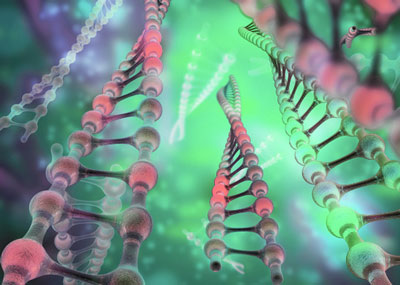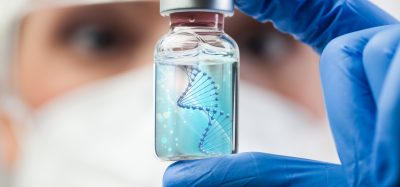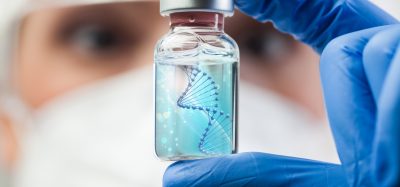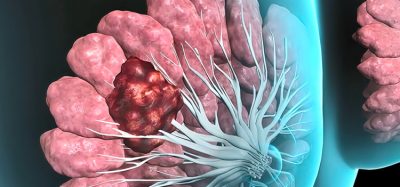Polar distribution of microRNAs discovered within eukaryotic cells
Posted: 10 June 2015 | Victoria White
Researchers have discovered that certain microRNAs are also asymmetrically distributed within cells and may contribute as cell fate determinants…


A central question in developmental biology is how the original fertilised oocyte gives rise to a complex organism made up of hundreds of different cell types.
The key mechanism is asymmetric cell division that produces daughter cells with uneven distribution of deterministic biomolecules leading to different fates. Certain proteins and messenger RNAs (mRNAs) have previously been identified as cell fate determinants. In a study published in Scientific Reports, the Institute of Biotechnology of the Czech Republic (IBT CAS), the TATAA Biocenter in Sweden, and the European Molecular Biology Laboratory (EMBL) in Heidelberg, Germany, discovered that certain microRNAs are also asymmetrically distributed within cells and may contribute as cell fate determinants.
This is an important discovery towards our understanding of the complex mechanisms behind asymmetric cell division
Using real-time polymerase chain reaction (qPCR) tomography that the groups developed previously and a new technique for sensitive profiling of microRNAs invented at the EMBL, the team sliced single oocytes from the frog Xenopus laevis across the animal-vegetal (top-down) axis and measured intracellular profiles of microRNAs within the individual cells. Two distinct distributions were found. One, which is likely to form spontaneously, with the microRNAs centered on the nucleus, and one with the microRNAs predominant in the vegetal hemisphere. The first and second divisions of the oocyte are along the animal-vegetal symmetry axis and are not affected by the microRNA gradient discovered, but the third division cuts across producing two sets of four daughter cells that will be different.
“This is an important discovery towards our understanding of the complex mechanisms behind asymmetric cell division leading to differentiation and the formation of advanced organisms” says Dr Radek Sindelka, group leader at the IBT and one of the lead authors.
Related topics
Real-time polymerase chain reaction (qPCR), RNAs
Related organisations
TATAA Biocenter








